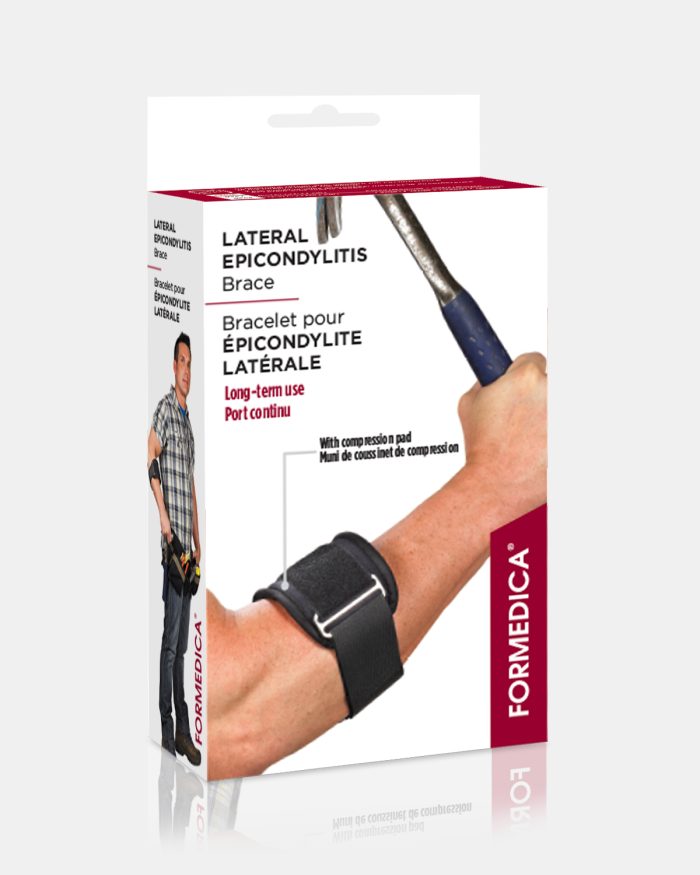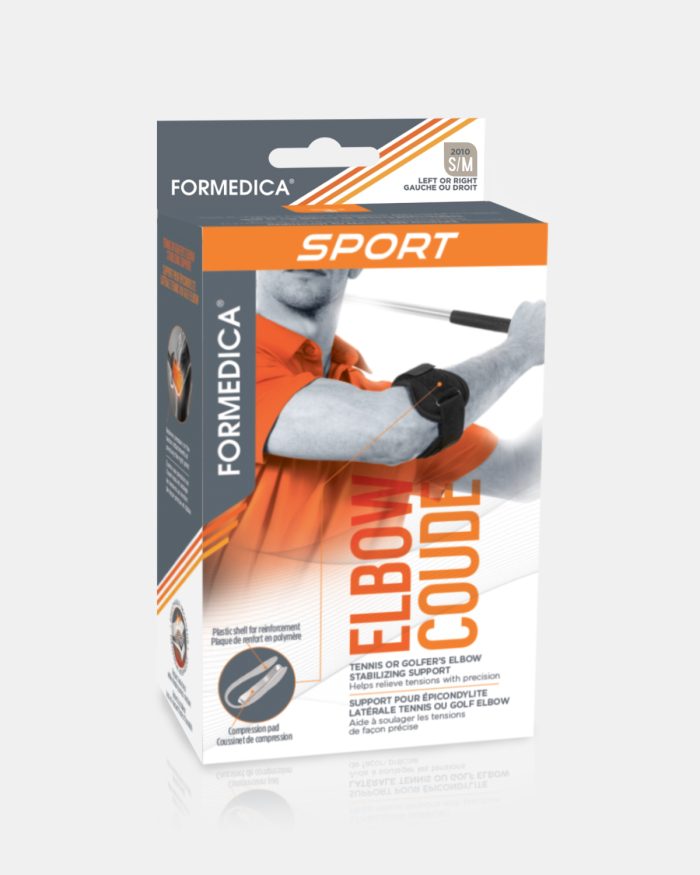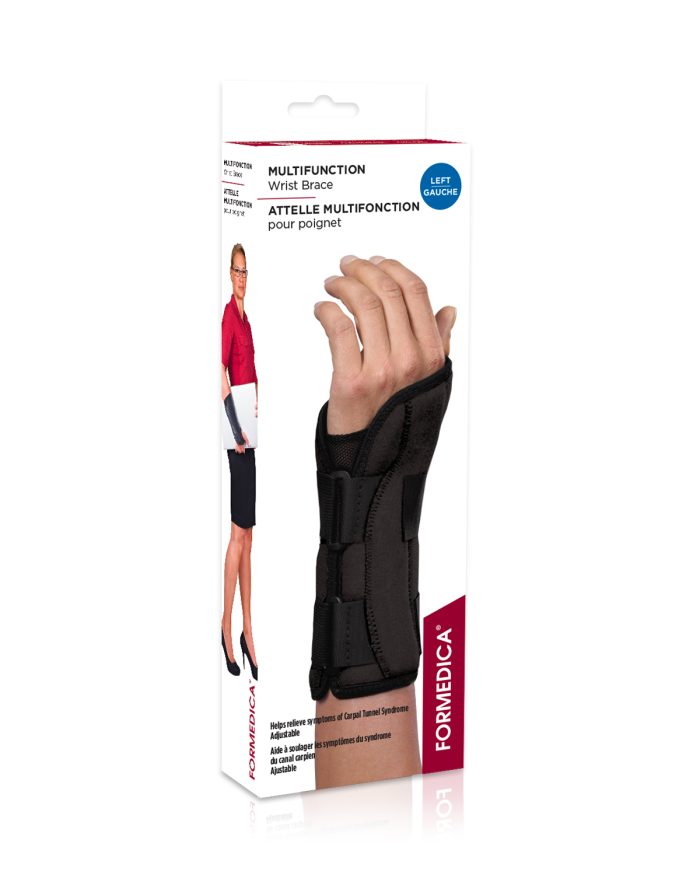The painful condition known as Epicondylitis, in fact, a tendonitis of the elbow, is commonly referred to as “Tennis elbow”. It is characterized by pain and point tenderness in the region of the epicondyle – a small protrusion in the bone right above the elbow (humerus).
What are the symptoms of epicondylitis:
The most common symptom is high sensitivity to the touch on the outer elbow. Other symptoms include:
- pain that irradiates from the elbow toward the forearm and wrist and intensifies when fingers are contracted;
- weakness in the wrist;
- pain when trying to shake hands or lift simple things like a cup, or a quart of milk;
- occasionally, slight swelling of the elbow;
- pain when the elbow is bent outwards pressing against resistance;
- elbow pain when the extended fingers meet resistance.
Who is most at risk?
Although Tennis Elbow can affect a high number of athletes who practice the sport, most people who suffer from it don’t even play tennis. In fact, Epicondylitis is often caused by the way certain movements are executed, i.e. holding, torsions, arm extensions, and displacement. Professions that require repetitive tasks involving fingers, wrists or forearms are the perfect set-up for an injury. Musicians are particularly at risk, as epicondylitis can result from short bursts of excessive muscle solicitation, or lighter solicitation during a long time period.
How to treat epicondylitis?
During the acute phase:
- First, rest the elbow by avoiding the movements that led to the injury.
- Apply ice to the elbow 3 to 4 times a day, during 10-12 minutes at a time.
- Continue this treatment as long as symptoms persist.
- Take anti-inflammatory or analgesic tablets as needed to relieve pain.
During the rehabilitation phase:
- Physiotherapy sessions are recommended to help regain lost mobility.
- Once the pain has receded, shift attention to strengthening extensor muscles.
- In certain cases, when the same wrist movements that started the injury in the first place are still required, a sling may be needed to diminish tension on the epicondyle muscles.
Sources
http://www.passeportsante.net/fr/Maux/Problemes/Fiche.aspx?doc=troubles_musculosquelettiques_coude_pm
http://www.cchst.ca/oshanswers/diseases/tennis_elbow.html
http://www.santepratique.fr/tennis-elbow.php


